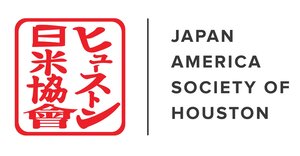And the correct answer is…
Chopsticks should not be placed vertically in any bowl you are using during a meal.
In Japan, the only time chopsticks should be placed vertically in a bowl of food is when the food is being used in rituals reserved to honor the dead.
Ancestors in Japan are remembered by their families with an offering of food, drink, and incense. This is to support the deceased in their journey onward.
In these offerings, it is common for a bowl of rice to have chopsticks standing vertically in the center. The chopsticks (pronounced hashi in Japanese) serve as the bridge (also pronounced hashi) between the worlds of the living and the dead. By burying the end of chopsticks in food, one is symbolically delivering food to the other side.
Therefore, mimicking this funeral food presentation practice during regular mealtime is considered taboo.
When not using your chopsticks, rest them on a chopstick holder.
Image by Flickr Creative Commons

















